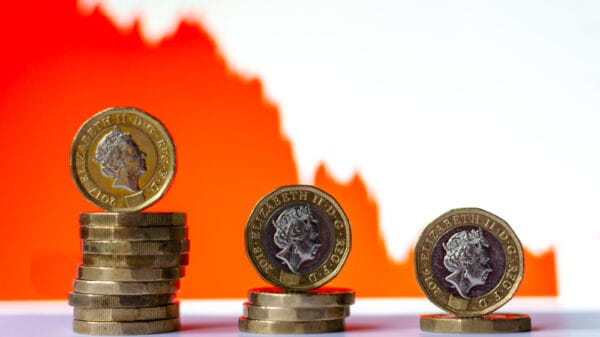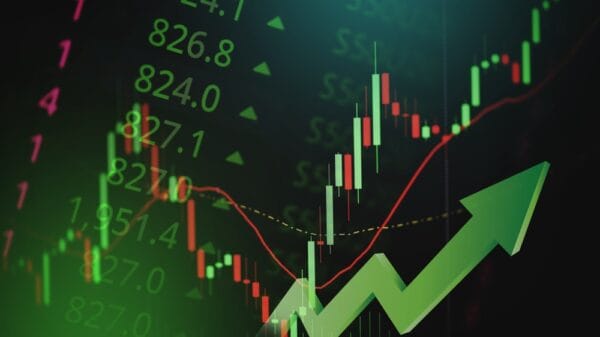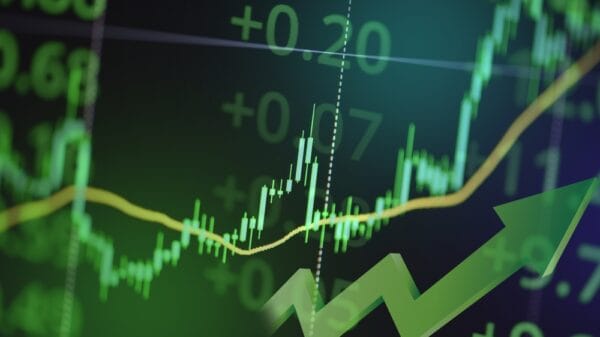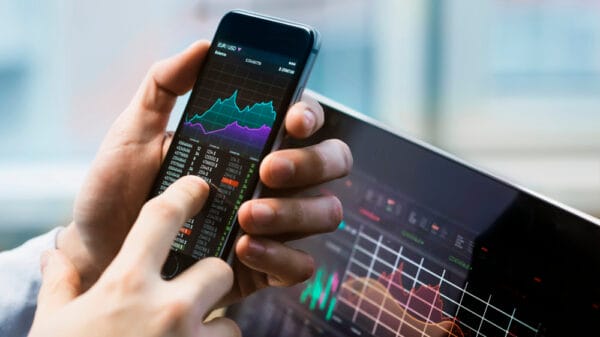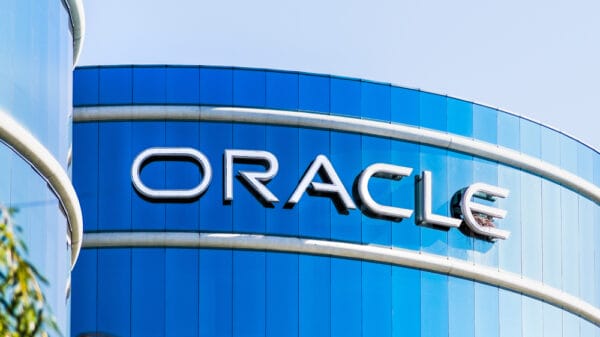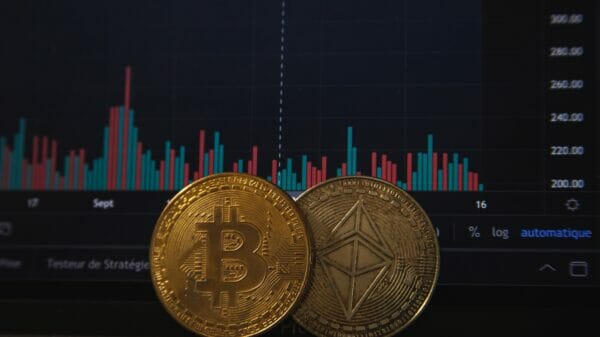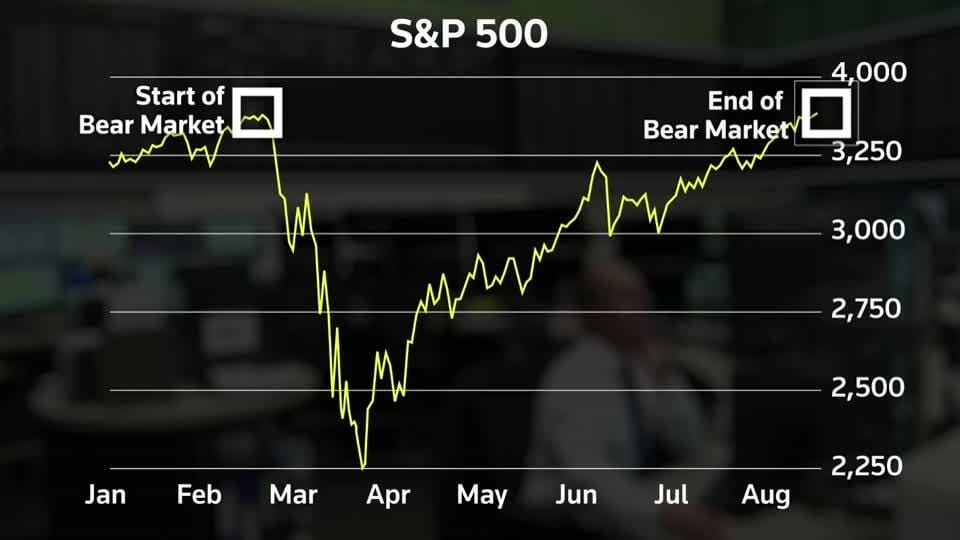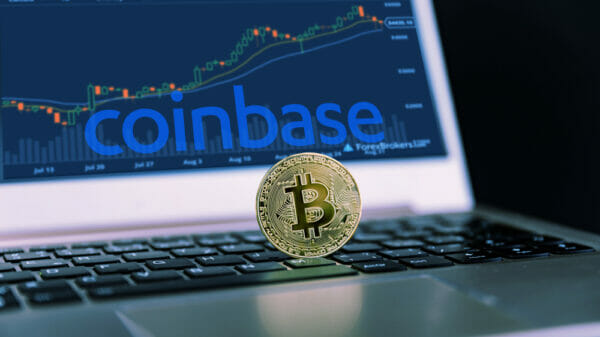The S&P 500 index has returned to pre-pandemic levels.
Since the market hit an all-time low in the spring due to the COVID-19 pandemic, stock indexes have been gradually recovering. Finally, at the end of trading on Tuesday, one of the indexes reached pre-pandemic levels, setting a new record high for the first time since February.
At the closing bell yesterday, the S&P 500 index increased by 0.2%. Although the index had been close to gaining territory in the last few trading days, it would always fall short at the end. The S&P 500 is seen as a crucial indicator of Wall Street’s health, and this new record has led many financial analysts to declare the end of the 2020 bear market. This makes the COVID-induced bear market one of the shortest in history.
UBS Global Wealth Management’s Americas CIO Solita Marcelli wrote to clients saying, “This news is bittersweet for some investors who were hoping for another chance to buy more stocks during a market decline. However, this new bull market still provides opportunities for investors.”
Nevertheless, not all analysts are convinced. While larger corporations are profiting from the market recovery, many smaller businesses are yet to see the benefits. Some analysts argue that the market cannot be considered in bull territory until it rises by at least 20% without a significant market decline in six months. Investors are also perplexed by the market’s success amidst record-high unemployment, but LPL Financial Chief Strategist Ryan Detrick provided an explanation.
Detrick said, “Many are questioning why stocks are reaching new highs with 10% unemployment and nearly a million initial unemployment claims. The reality is that economic data looks back while stocks are forward-looking towards a brighter future.”
Regarding the S&P 500’s counterparts, the Nasdaq set its own record high with a 0.7% increase, while the Dow dropped by 0.2%.





